Design DNA: Does Art Imitate Life, or Vice Versa? In Molly Kidd’s Oregon Living Room, the Answer Is Both
The designer’s living room doubles as both muse and mirror – of her work, her world, and the raw beauty they share
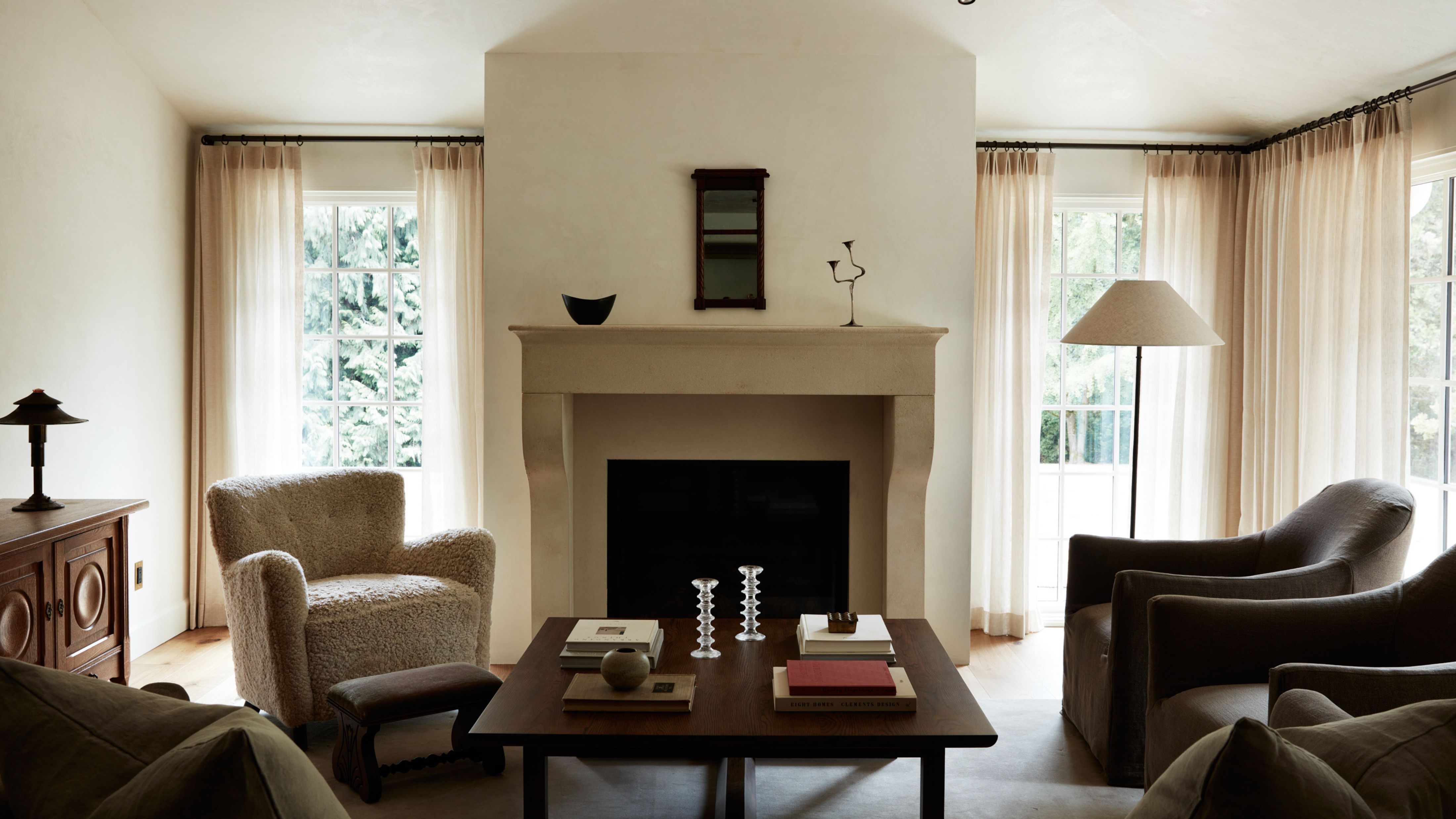

Where does life end and art begin? For most painters, the line blurs. For interior designers, it disappears entirely. If you’re building worlds for a living, what’s imitating what? In Molly Kidd's case, the question feels beside the point.
Her Oregon home – part family residence, part ‘living showroom’ – serves as both a manifesto of her soulful design philosophy and a reflection of the rugged landscape beyond its windows. Earthy, layered, and transportive, the 1980-built home sets the tone for her three ‘Kidds’ to roam and her Molly Kidd Studio clients to understand her world.
Nearly a year since its 2024 remodel, Molly reflects on the Design DNA of a living room that wears many hats – and shares five takeaways for creating one where design, memory, and meaning coexist.
Windows as Art
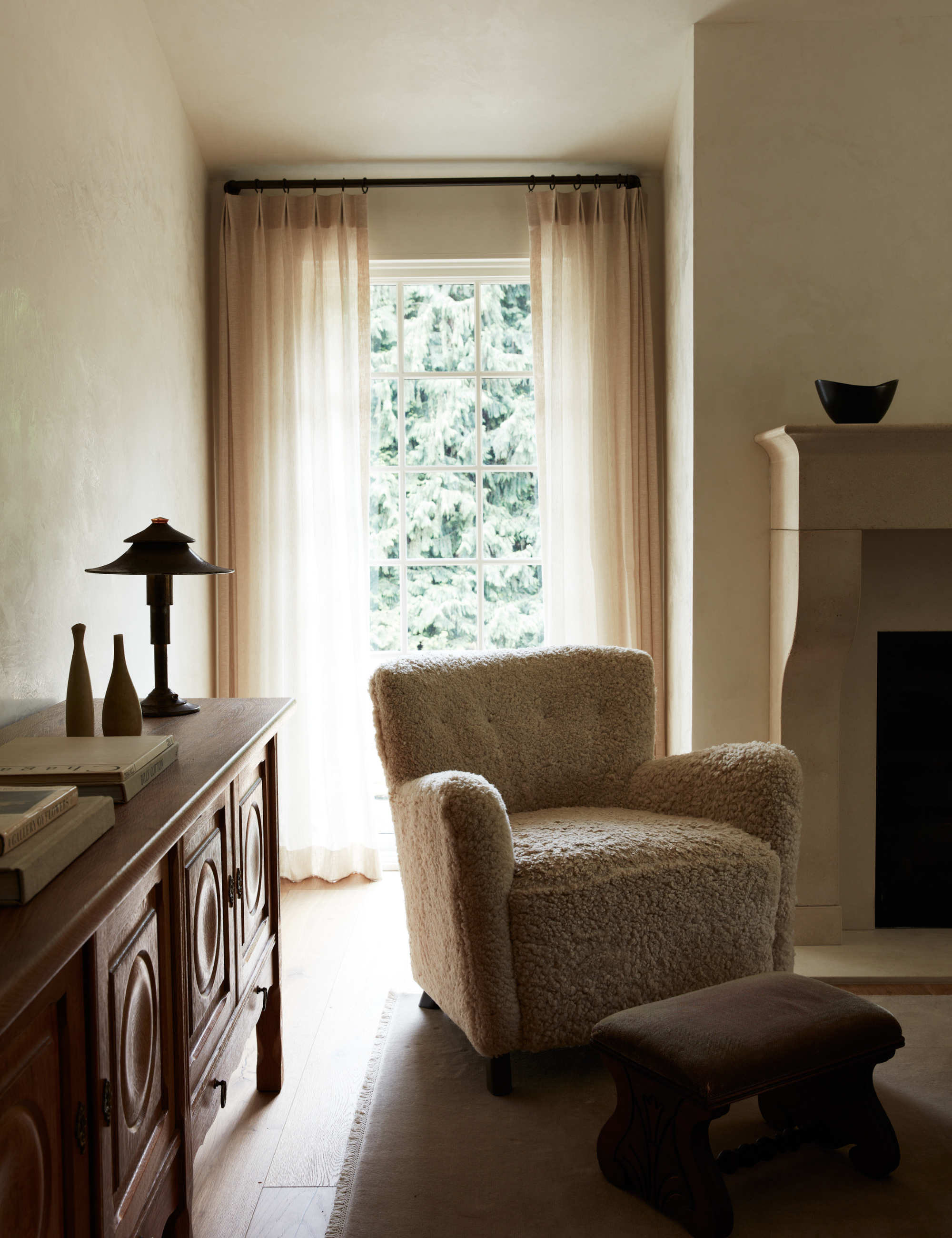
Apart from a single still life over the credenza, there’s little in the way of wall art in Molly’s living room, and that’s by design. With towering windows flanking a grand neutral fireplace, it’s immediately apparent why she resisted filling the walls. The view of the lush Oregon greenery, light filtering through the trees, does all the talking.
‘My windows are my art. I couldn’t cover them completely,’ explains the designer. Instead, she chose the softest possible veil: a set of drapery panels from Everhem that she describes as ‘“barely there” but enough to move in the breeze and create privacy from the deer.’ The effect is painterly, a whisper of movement against the stillness of the trees.
Let the architecture speak first. Coco Chanel once advised removing one piece of jewelry before leaving the house; if your living room has windows like these, you might not need any jewelry at all.
Texture as Color
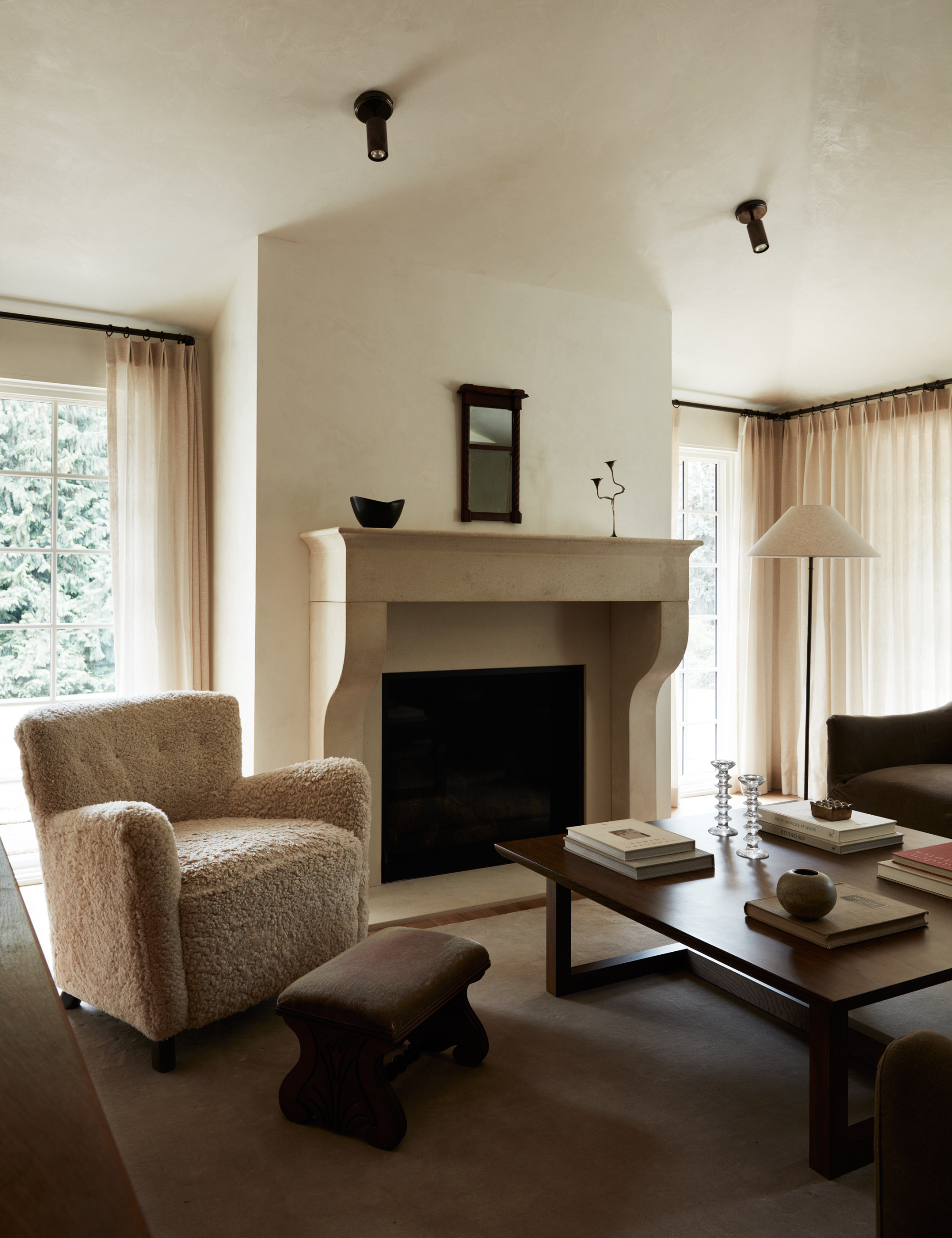
‘Texture’ feels like the only acceptable answer to What’s your favorite color? in a room like this. Here, bespoke Venetian plaster walls, sustainable oak furniture, and natural limestone create contrast without visual noise.
‘Texture is the new color,’ Molly says. ‘To keep neutrals from falling flat, I relied on contrast: textured plaster against deep paint colors, linen against mohair, stone against glass.’
This way, the palette feels worn in, not washed out – nuanced and slightly salt-of-the-earth, like it's seen things; lived a little. The tactile layers are what keep the room from tipping into a more formulaic brand of minimalism. ‘The mood I was after was quiet abundance, art-forward but deeply livable, like a European country home left to age beautifully,' she muses.
'Texture is the new color.'
Molly Kidd, founder of Molly Kidd Studio
Unexpected Scale
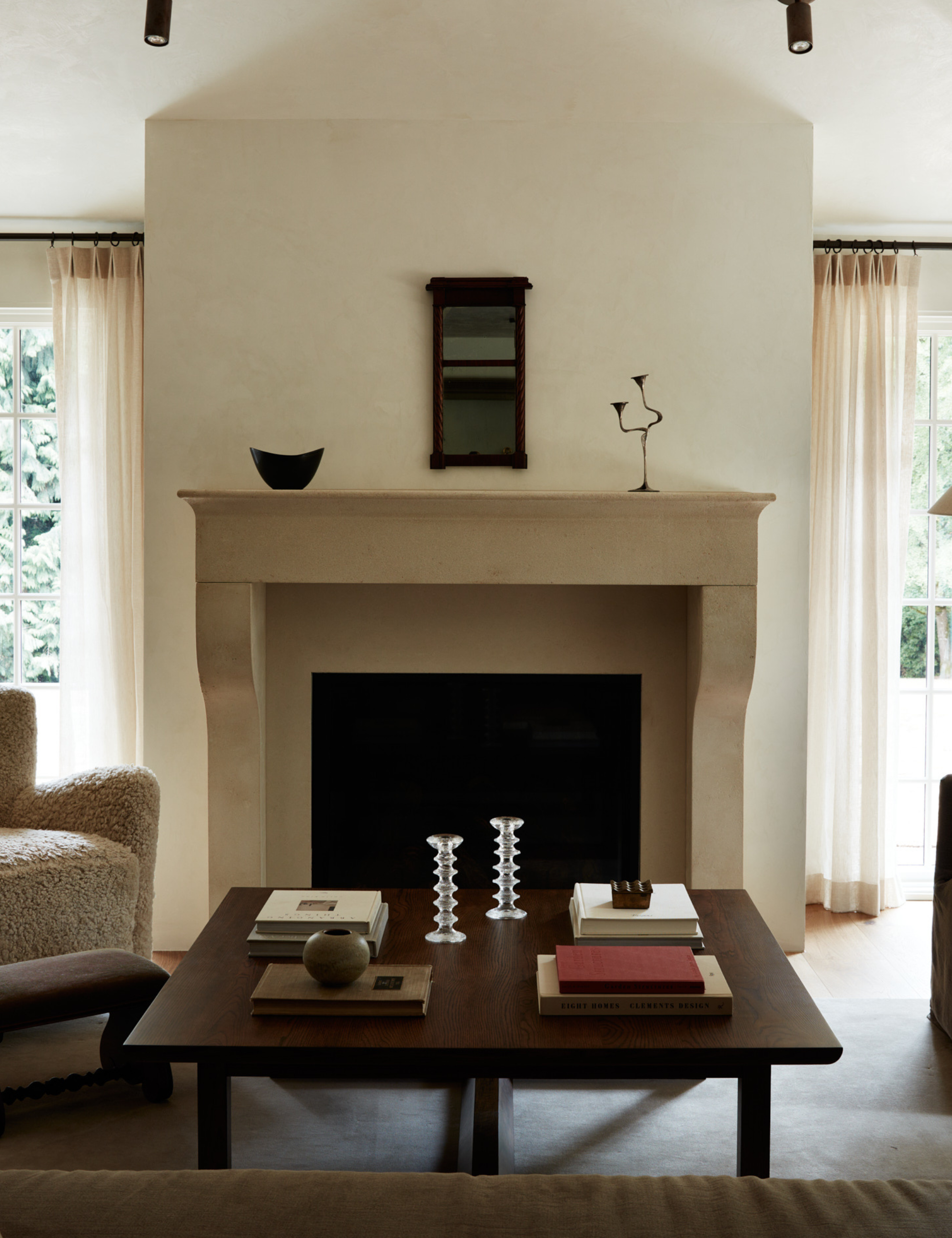
When it comes to styling a fireplace, the rule of thumb is generally the bigger, the better. Oversized mirrors that dwarf the mantel are the look du jour – which is precisely why Molly went the other way.
‘I chose a smaller, aged wood mirror because scale isn’t always about size,’ she says of the gem she uncovered locally, tucked behind a rack of vintage Levi’s (her other vice). ‘A smaller, more narrow piece gives the plaster mantel and surrounding textures room to breathe. It draws you closer with weight, which feels more personal.’
Our instinct to juxtapose still applies, just in reverse. Going smaller – rather than grander – brings levity and intimacy, aligning more with the ease of modern interiors. It invites you in rather than overwhelming.
'It’s not about everything matching; it’s about everything belonging.'
Molly Kidd, founder of Molly Kidd Studio
Nature's Presence
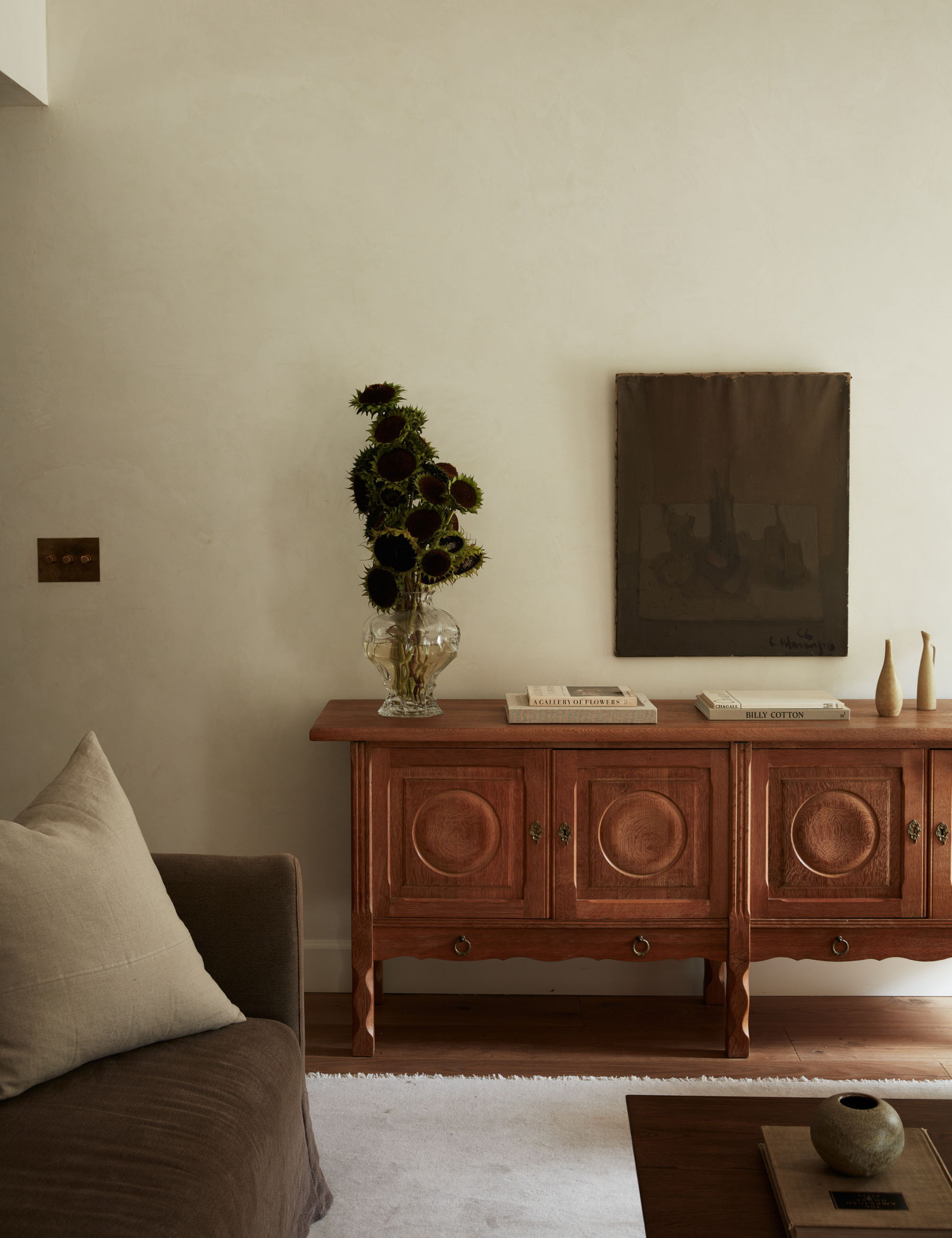
This remodel wrapped in fall 2024, and now, one year later, its seasonality lingers. ‘I see how intentional that season was in shaping the space,’ says Molly. ‘The layered textiles, the glow of antique lighting against moody afternoons, the grounding weight of the floors with billowing sheer drapery everywhere. It all feels especially right as the air cools and our backyard forest turns gold.’
But beyond fall’s ephemera, the Pacific Northwest’s palette is the true muse. ‘Oregon’s landscape completely shaped it,’ she says. ‘The palette is built on reflections of the land: evergreen shadows, real stone, and nature’s hues – chocolate browns, putty neutrals, and plaster whites.’
So nature’s presence is literal, but it’s the emotional register that makes this living room feel alive. ‘Client work often begins with a floral arrangement; this home began with a feeling,’ Molly explains. ‘It had to feel grounded in the Pacific Northwest landscape – earthy, foggy, timeless – and filled with things that carry story.’
It's evidence that the most transportive rooms don’t mimic nature; they’re immersed in its rhythm.
The 50/50 Rule
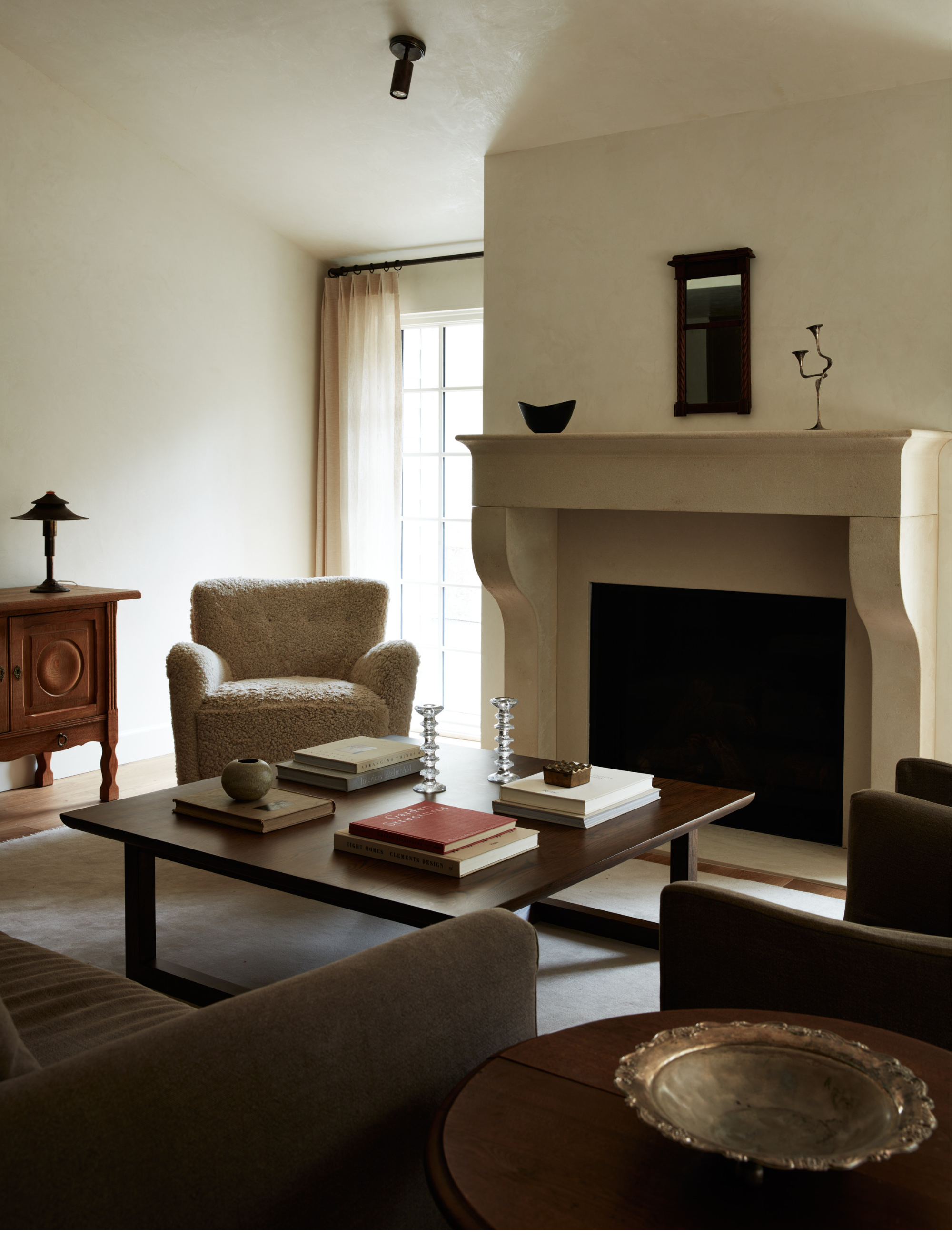
There was a time when a beautifully designed room could get away with being entirely new. Year by year, though, the pendulum has swung toward patina. ‘I have a 50/50 promise to all of my projects that 50% of the home will be vintage to honor sustainability and the footprint of MKS,’ says Molly. For her own home, that ratio leans even further: ‘My home is one of the few that is nearly 80% vintage!’
The carved sideboard, for instance, is a mid-century Danish piece by Henning Kjærnulf, which is soulful in spirit, practical in form. ‘It hides the unglamorous – games, candles, family photos, remotes, chargers,’ Molly admits. On top, she layers vintage on vintage: hand-thrown Scandinavian vessels, a stack of garden and art books, an antique oil painting with, as she says, ‘all the right colors,’ and a 1930s bronze sculptural lamp (quota, met).
It’s not about adding old for the illusion of interest. ‘The mix of height, material, and patina keeps the composition alive,’ says Molly. Vintage only lands when it earns its place, be it through color, contrast, texture, or a story worth keeping.
The Edit
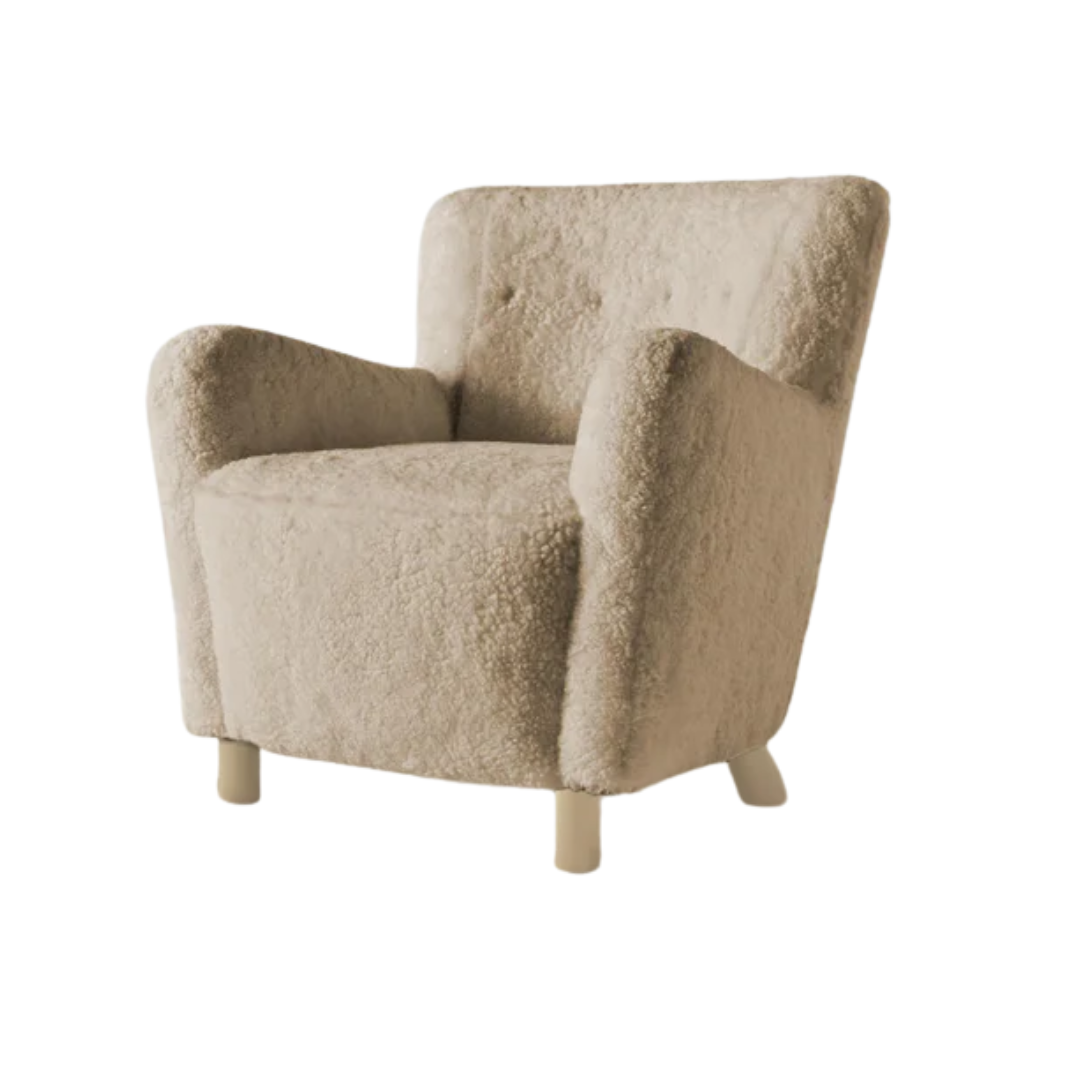
Arguably, the room’s defining piece is the thickly sheepskin-skinned, toffee-toned accent chair from Maiden Home. ‘Its tactile, sculptural presence anchors the room with a sense of ease,’ says Molly of her family’s go-to perch. She paired it with a vintage ottoman discovered at a local antique store. ‘The pairing works because their juxtaposition converse – one soft and folky, the other structured and tailored,’ she explains.
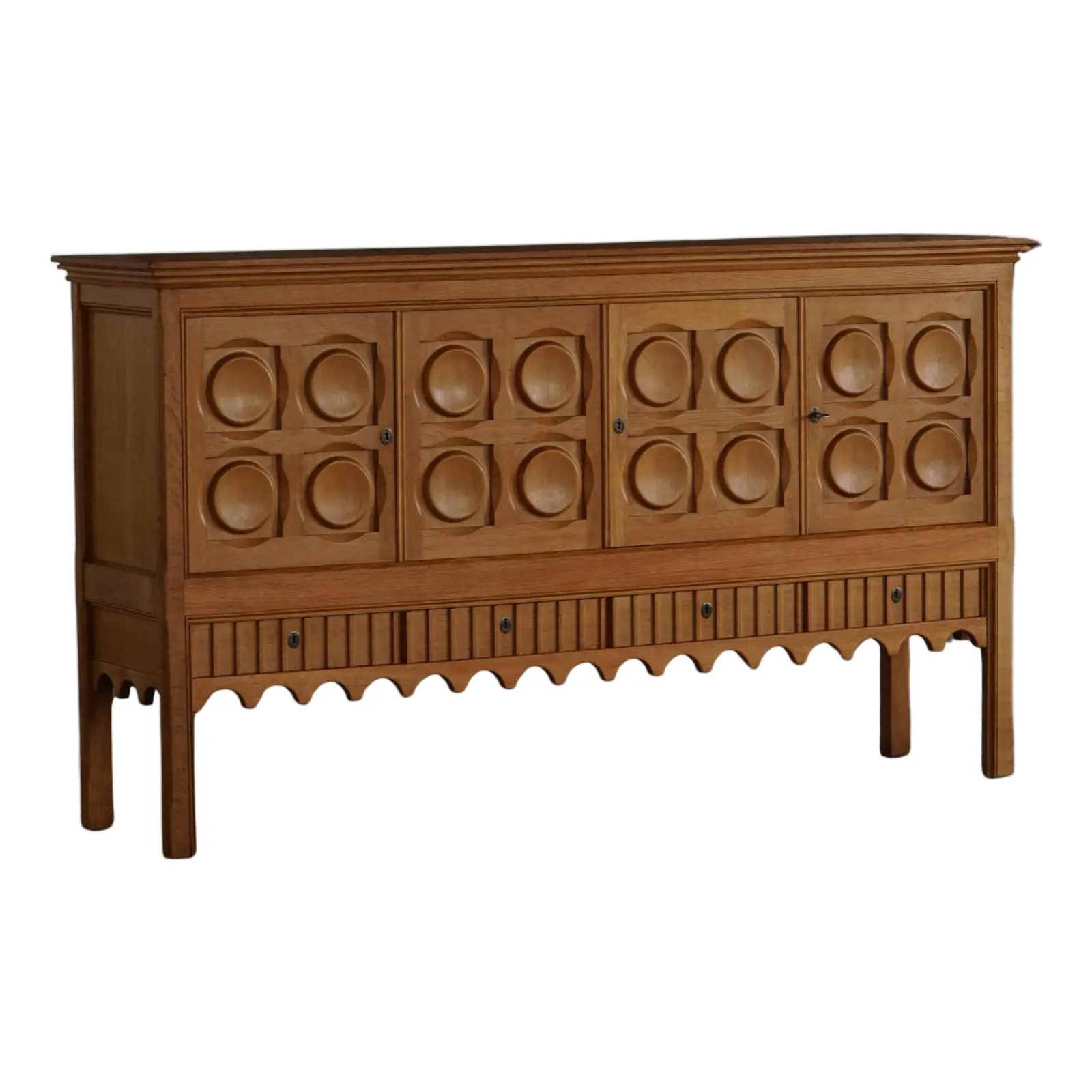
Not a match for Molly’s exact find, but this sideboard shares a lineage with the same mid-century designer, Henning Kjærnulf, marked by his signature circular cutouts, warm wood grain, and scalloped base. The two come packed with storage, proof that even the most stately pieces can hide the unglamorous necessities of everyday life.
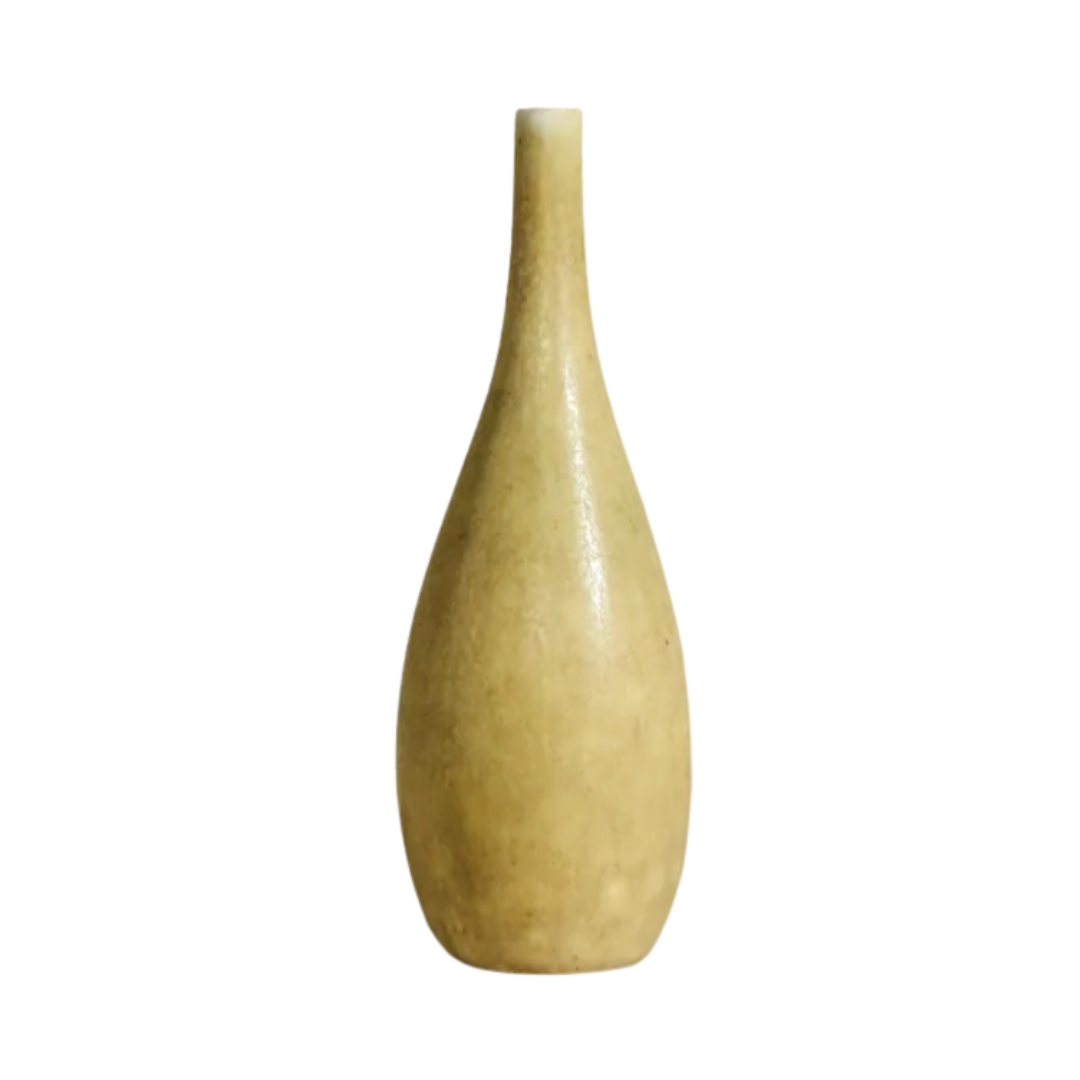
Gunnar Nylund, circa 1930s – just like the one perched atop Molly’s vintage sideboard, which she sourced from true-and-new-vintage retailer Roweam. This vessel isn’t meant for water; style it solo or with a single dried stem, ideally clustered among other collected pieces à la Molly. Rendered in butter yellow, we're reminded that every tone eventually circles back into vogue.
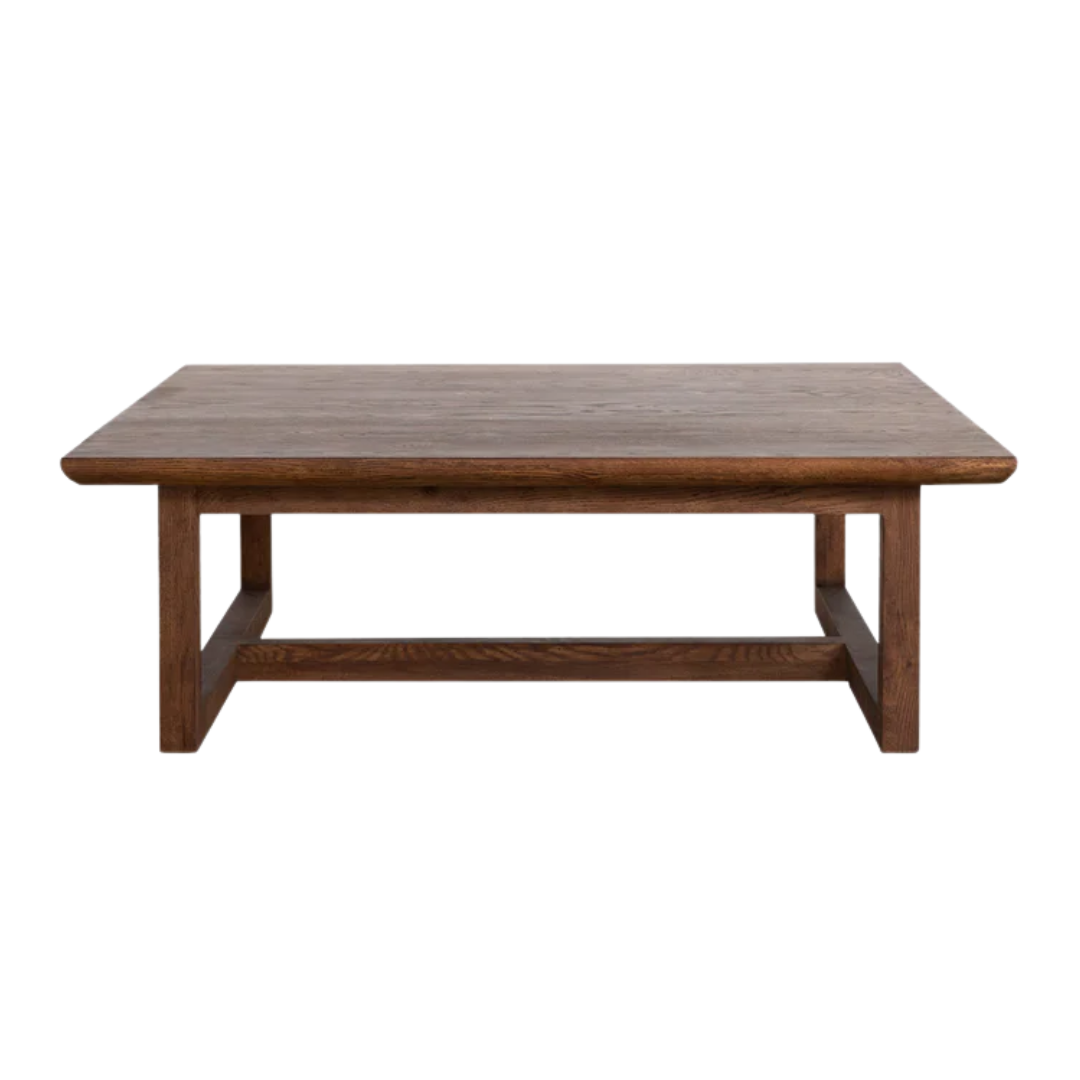
Contrary to first impressions, this coffee table isn’t vintage at all. Its aged-wood configuration was conceived by another of our favorite tastemakers, Shea McGee. ‘My coffee table is reclaimed oak from McGee & Co – its imperfections are what make it beautiful,’ says Molly. ‘I layer it simply: a ceramic or glass vase for florals, a hundred art books, and something sculptural. The key to styling is restraint – leave room for life to happen on the surface,’ she explains.
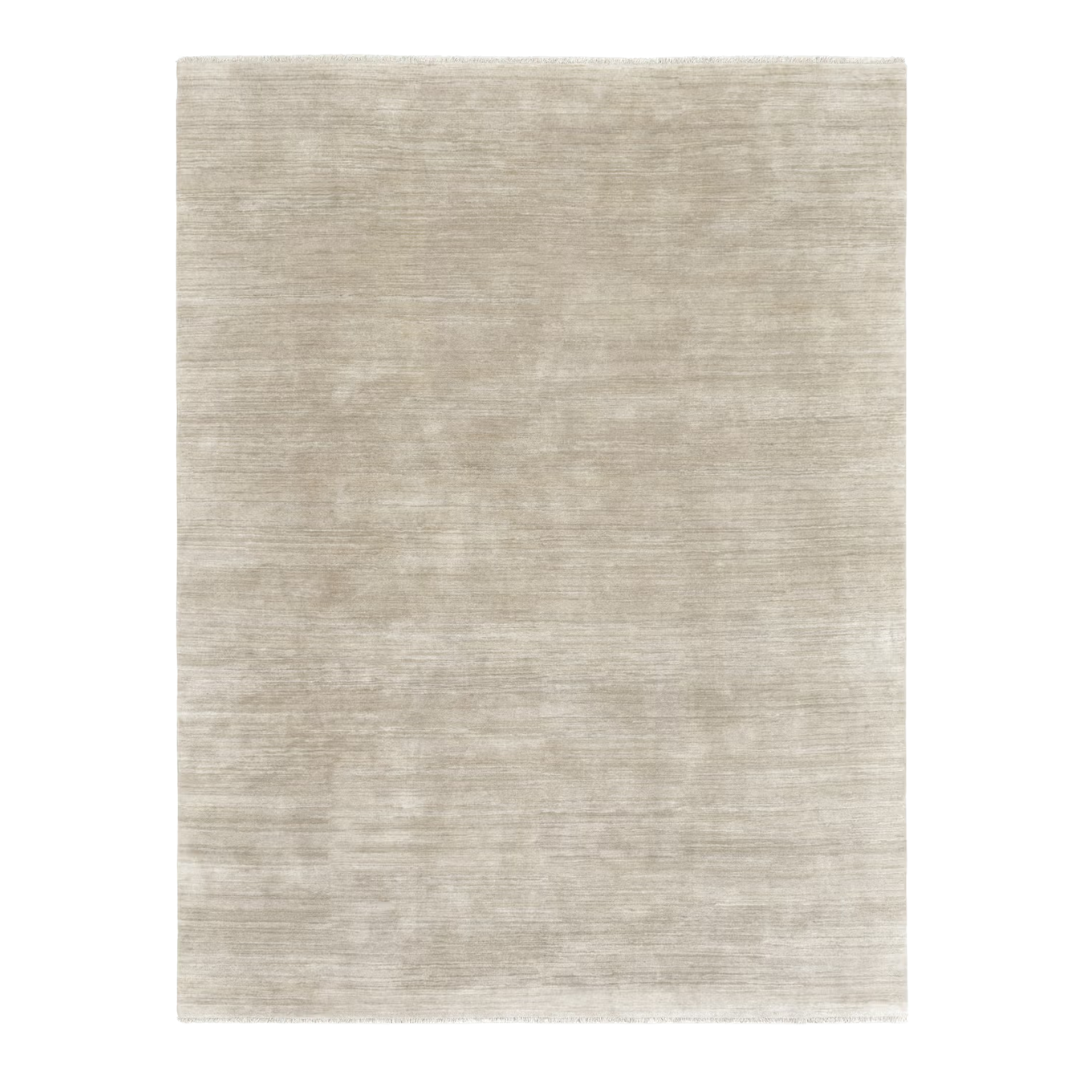
When you commit to a single, delicately nuanced palette, the quality of each piece becomes that much more crucial. (It’s easy to disguise a cheap rug in a riot of color or pattern.) For her living room – the stage for family life and client walk-throughs alike – Molly invested in Armadillo, choosing a whispering haze shade that’s ‘muted enough to echo the wood beneath it,’ she explains. ‘I always look for rugs that bridge eras – a quiet connector between the architecture and the furniture.’
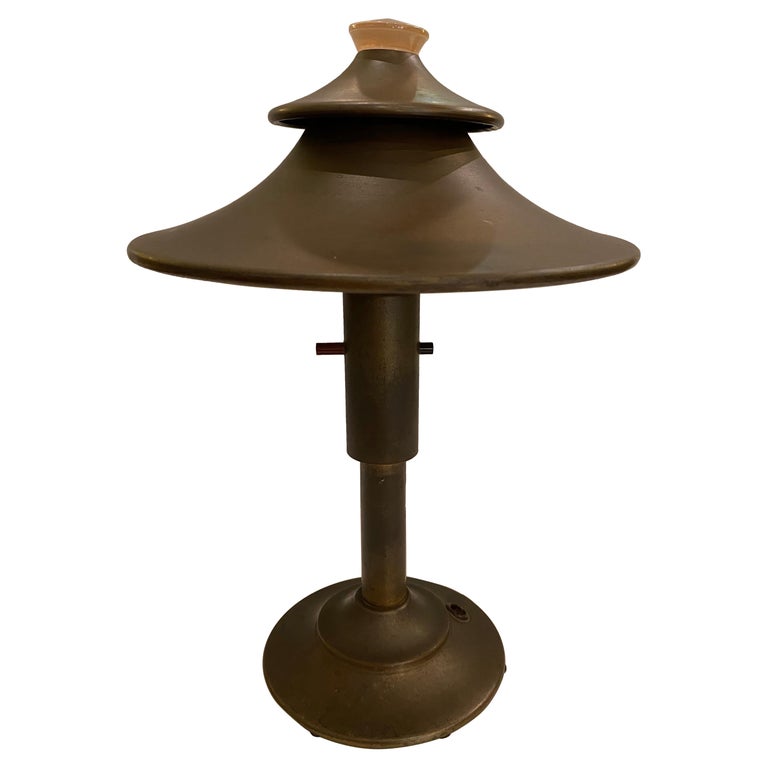
If you thought you clocked a Kem Weber table lamp, you’re in good company. The mix-up’s common – this 1930s piece can actually be attributed to LeRoy C. Doane, created for the Miller Lamp Company’s Pagoda series. Freshly rewired, it’s one of those rare moments when true patina and working bulbs do, in fact, coexist.
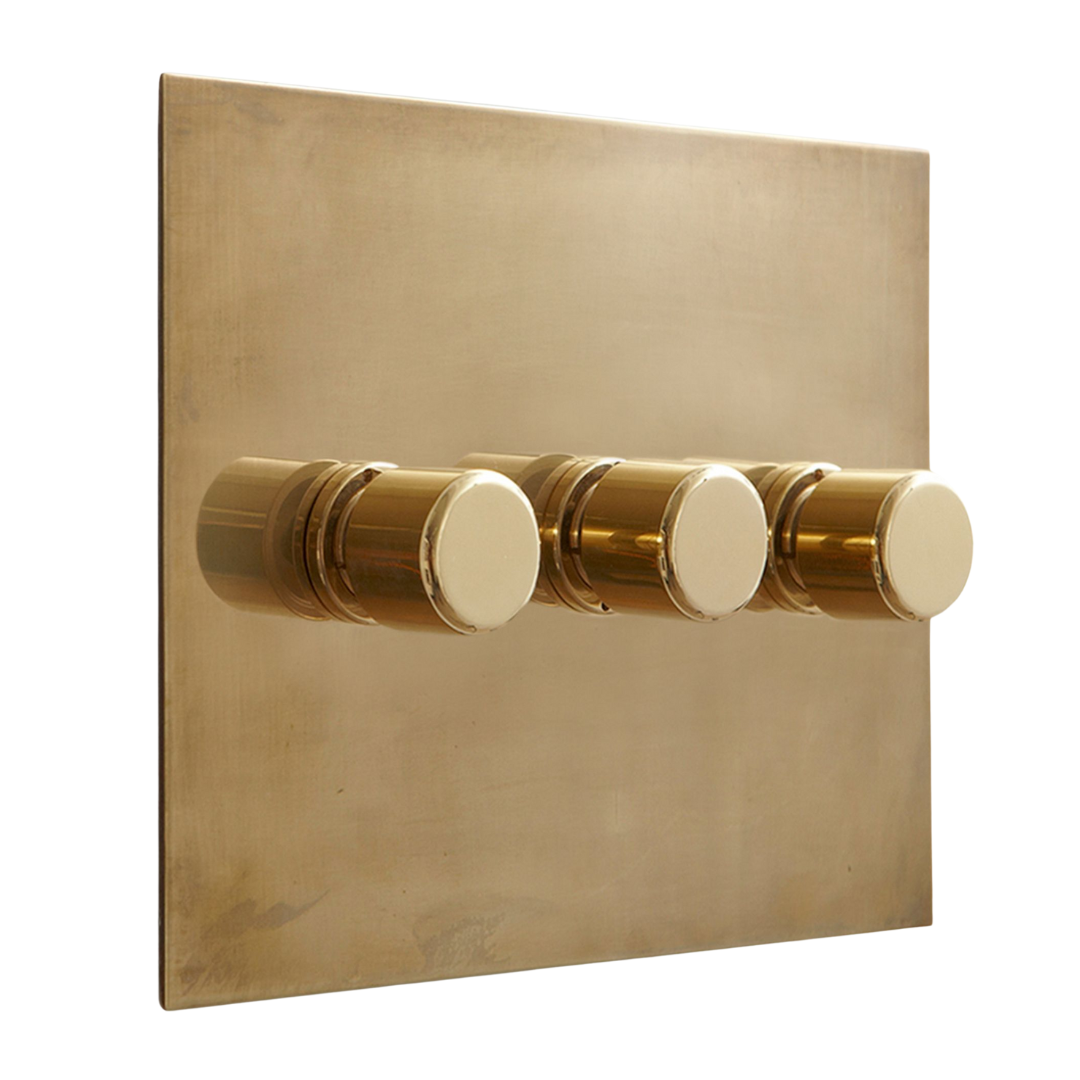
Every detail in this Oregon living room was chosen with intention, especially the ones Molly and her family touch most. A trio of rotary dimmers allows the light to shift with the day, syncing the room’s mood to the forest beyond. She chose unlacquered brass, knowing it would age naturally. Bought new, but already beginning to tell its own story.

This Brutalist bronze holder is so surreal, candlesticks start to feel irrelevant. It carries just the right tension, breaking up a too-perfect mantel or tabletop with ease. Pair it with something sleek – a velvet cushion, a smooth ceramic vase – and let the friction do the rest.
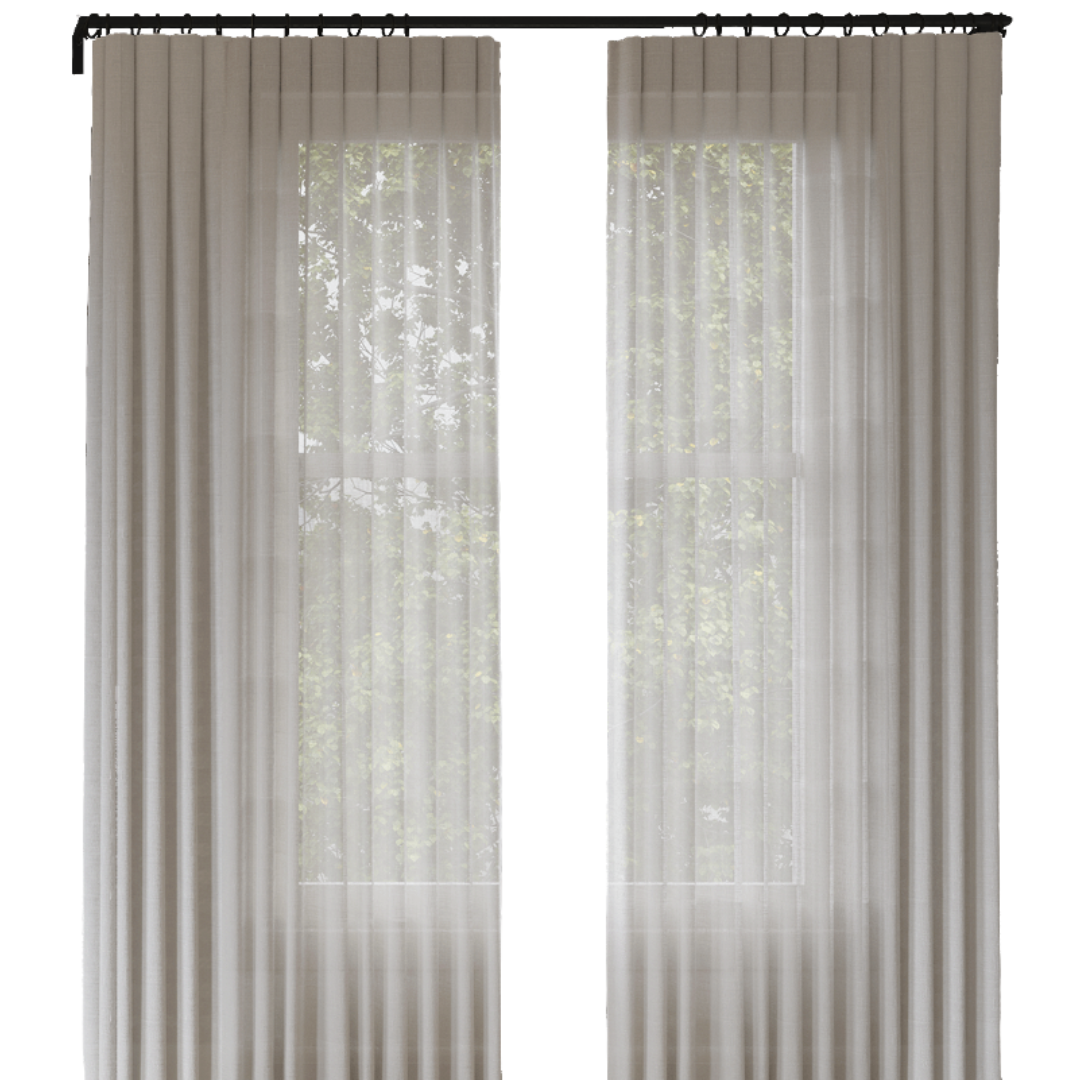
When your windows double as art, the treatments become the frame – and the frame, of course, is everything. The goal here was to bridge outdoors and in, so a kind of ‘naked dressing’ felt essential – a nuance few brands capture better than Everhem. The panels make for a room that feels exposed in spirit, not in sight.
What are the key elements of a well-designed living room?
‘A well-designed living room has a deeply personal rhythm – a balance of comfort, proportion, imperfection that perfectly resembles you,’ notes Molly. ‘It’s not about everything matching; it’s about everything belonging.’
That belonging isn’t about symmetry so much as conversation. ‘To me, that means pieces that tell a story together: a structured sofa paired with something handmade, a lamp that casts a flattering, amber light, art hung just a bit lower than you’d expect so it feels intimate.’
It’s more natural that way. You can tell when a room has actually been lived in. There’s air between the objects, light that falls gently, warmth that can’t be staged. That’s part of why Molly invites her clients into her own home – it’s proof of concept.
How do you create a balanced living room?
Much of the beauty in this living room lies in its juxtapositions, offsetting pristine elements with texture or quirks. Take, for instance, the impossibly cozy shearling accent chair, obviously off-kilter candlestick, or the seating arrangement that refuses to play by the rules: a sofa, one chair on one side, two on the other.
‘Asymmetry felt right here, more human,' says Molly. 'The seating arrangement works because it encourages movement and conversation from every angle; no seat feels “left out.”’
Molly likens it to composing a piece of music: ‘you need highs and lows, but the rhythm has to hold,’ she explains. ‘When something looks a little unexpected yet entirely at ease, that’s when a room starts to hum.’
Balance, in Molly's world, has little to do with mirroring.
What design choices make this room timeless?
You can buy every so-called “timeless” piece on the market and still end up with a space that feels frozen in time. The problem isn’t actually the decor; it’s the approach. Rooms assembled all at once tend to age all at once, too.
‘A timeless living room feels collected, not decorated,’ says Molly. Like layers of sediment in rock, it’s built gradually. ‘Avoid anything too “of the moment,”’ she adds. ‘Patina, craftsmanship, and comfort never age.’
True timelessness, in other words, isn’t about resisting change – it’s about evolving slowly, and with intention.
What should every living room include?
As both the designer of the space and the person who lives – and occasionally works – there, Molly’s answer isn’t a luxury candle or a perfectly scaled rug. It’s simpler, and harder to fake. Every living room, she says, should have soul.
And no, you don’t need to abide by her studio’s 50/50 vintage rule or commission Venetian plaster walls to find it. Soul looks different for everyone. ‘Whether it’s a handmade chair, a mismatched lamp, or the scent of wood after it rains,’ notes Molly, that energy exists in the item that reminds you: this is home.
What gives this room its DNA isn’t the furniture or finishes, but the feeling behind them. Molly designs by instinct, attuned to how life should feel inside and what nature whispers outside. Be it a showroom, living room, or otherwise, that’s the secret to soul: story first, design second.
Design DNA is the Homes & Gardens series that breaks down beautiful rooms into their essential elements. Each installment dissects one interior and shows readers exactly what makes it work, from the anchor furniture and layout choices to color, lighting, and styling details.

Julia Demer is a New York–based Style Editor at Homes & Gardens with a sharp eye for where fashion meets interiors. Having cut her teeth at L’Officiel USA and The Row before pivoting into homes, she believes great style is universal – whether it’s a perfect outfit, a stunning room, or the ultimate set of sheets. Passionate about art, travel, and pop culture, Julia brings a global, insider perspective to every story.